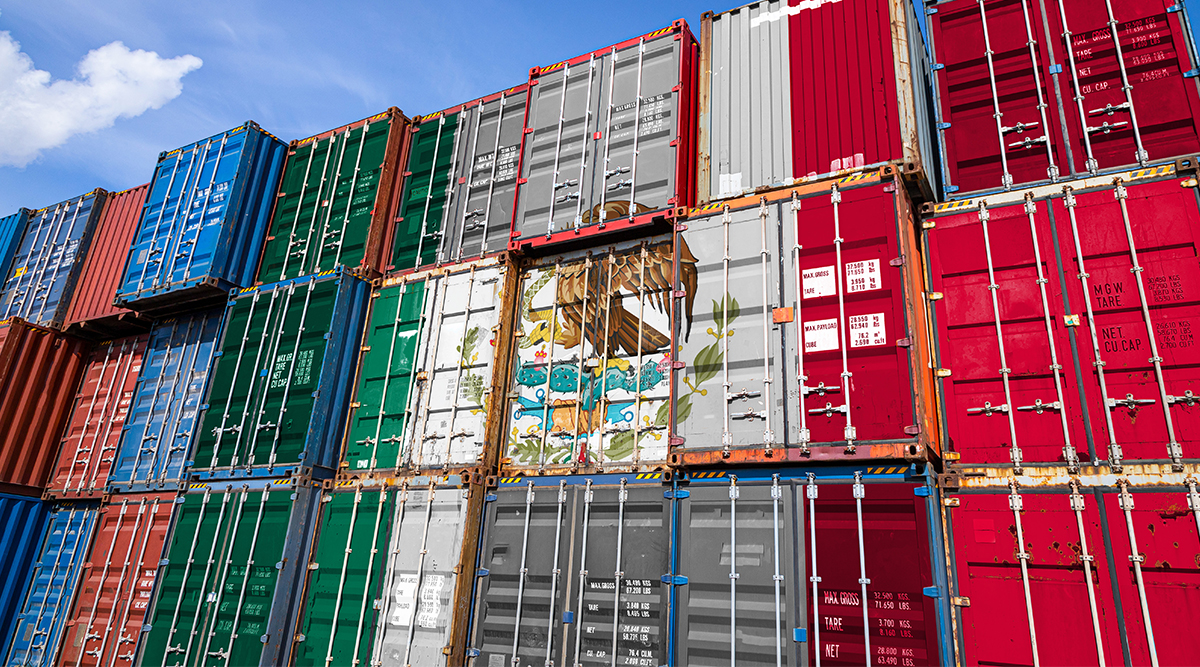5 Ways to Increase Productivity and Performance in Your Supply Chain

Looking beyond systems, logistical infrastructure and analytics considerations, we can’t overemphasize the importance of an engaged, committed workforce for increased productivity in your supply chain.
It’s important to foster communication within the supply chain, and maintain it for the long term, with a high expectation for improvement. Continuous education among employees and management is vital to the improvement of processes, products, and services. And a performance-driven culture will result in maximized savings, improved service levels, and an inspired team of talented employees.
Rapidly Improve the Performance of Your Warehouse – Learn More >
Follow these five guidelines to increase the productivity of your supply chain:
- Efficient Communication: Communicate with your employees in a clear and concise manner that defines organizational goals and the methods to achieve those goals. This communication is crucial to a supply chain’s operations and productivity. By scheduling daily and weekly meetings devoted to collaborative problem-solving, management is able to make essential changes regarding performance. This diligent problem-solving ensures a unified understanding of productivity and operations that will facilitate open communication between employees and management.
- Development of Procedure Standards: The development of procedure standards reduces error within the supply chain and saves both time and money. Focus on the reduction of probable variation in areas such as receiving, quality control, shipping, shift scheduling, and facilities management. This is one of the many ways to increase collective productivity and establish procedure standards.
- Determination of Importance: Continuous improvement to supply chain productivity depends on where employees and management focus their time and attention. Do not waste time measuring an outcome if it is not significant to customers and shareholders. Instead, try to focus your key performance indicators on 5-7 critical areas that drive your business, for example: Safety, Service/On-Time Delivery, Inventory Accuracy/Turns, Productivity, Cost per Unit/Total Landed Cost, Product Damage/Claims, Customer Satisfaction
- Engage, Align, and Empower Your Workforce: Focus on the core skills of employees and management to empower them. This focus will foster confidence and result in a continuous increase of productivity. Gaining the buyin of your workforce makes it possible to create new ways to engage and align, to ultimately increase productivity. Be sure to define your supply chain’s goals in a clear and concise method that will allow employees and management to take advantage of existing and future opportunities for improvement.
- Construct a Powerful Training Program: First, formulate a comprehensive plan to increase productivity, reduce costs, and improve customer service and satisfaction levels. Then tie an incentive plan into the supply chain’s core mission, a critical element to building a performance-based approach. Incorporate your workforce into the culture of the supply chain by emphasizing ways in which employees and management may improve their workplace strategies and execution. This constructive training will drive a successful organization and improve supply chain productivity.
Learn About the LEGACY SCS Approach to Aligning People, Processes, and Systems >
Increased supply chain productivity is achieved through a top down approach – everything rises and falls on leadership. Leaders must practice effective communication, create procedure standards, determine a hierarchy of importance, empower the workforce, and enact a powerful training program. Working in unison, management and employees will create a performance-based culture within a company and its supply chain.
A company actively seeking increased supply chain productivity is advised to seek the guidance of an experienced logistics professional. Their expertise will assist with the execution of organizational improvements, management of supply chain procedures, and the reevaluation of goals and workforce performance. See our Supply Chain Outsourcing White Papers provide further information.

Get Insights. Stay Ahead.
Get the latest news and insights via email on warehouse improvement, transportation optimization, labor strikes and international shipping rate changes.Popular Posts
Search Posts
-
Global Momentum Builds for Charge on Global Shipping Sector’s CO2 Emissions
A growing coalition of 47 countries, including key players like the European Union, Canada, Japan, and various Pacific Island nations, is...
+ Read more -
5 Key Components in International Contingency Planning
The global logistics outlook indicates a lingering crisis mode, requiring adaptation to the new normal of accelerated global disruptions,...
+ Read more -
Mexico Surpasses China as Top US Trade Partner in 2023
Mexico Surpasses China as Top US Trade Partner New data released earlier this month by the Commerce Department shows that Mexico has...
+ Read more









